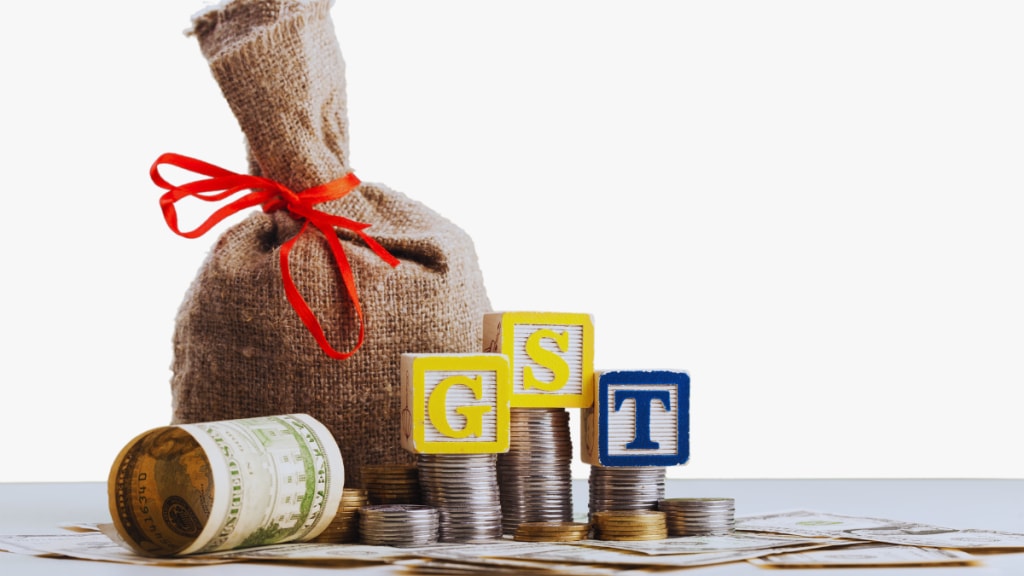Finally, wisdom has dawned on the central government. On September 3, 2025, the government rationalized and reduced the GST rates on a wide range of goods and services. The tax structure is now closer to a good and simple tax that several political parties, businesspersons, institutions and individuals (including me) had advocated in the last eight years. When the Constitution (122nd Amendment) Bill was debated in Parliament in August 2016, I spoke in the Rajya Sabha. Here are excerpts:
Consistent stand
“I am glad that the Finance Minister has acknowledged that it was the UPA government which first officially announced the government’s intention to bring about the GST. On 28 February, 2005 it was announced in the Lok Sabha in the course of the budget speech.
“Sir, there are four major issues…
“I now come to the most important part of the Bill…This is about the rate of tax. I will presently read portions from the chief economic advisor’s report… please remember we are dealing with an indirect tax. An indirect tax, by definition, is a regressive tax. Any indirect tax falls equally on the rich and poor… The chief economic advisor’s report says: ‘In high income countries, the average GST rate is 16.8%. In emerging market economies like India, the average is 14.1%.’ So, world over, over 190 countries have one form or other of GST. It is between 14.1% and 16.8%…
“We need to keep the taxes low. At the same time, we must protect the existing revenues of the Union government and the state governments…We go about it by discovering what is called ‘revenue neutral rate’, RNR…
“The chief economic advisor of the government, working with experts, including state government representatives, arrived at an RNR of 15% to 15.5% and then suggested that the standard rate should be 18%. The Congress party did not pluck 18% from the air. This 18% came out of your report…
“…somebody must speak up for the people. In the name of the people, I ask you to keep this rate at the rate recommended by your CEA, namely, the standard rate should not exceed 18%…
“…just read paragraphs 29, 30, 52 and 53 of the report. It categorically argues … a standard rate of 18% will protect the revenues of the Centre and states, will be efficient, will be non-inflationary, will avoid tax evasion, and will be acceptable to the people of India… If you are going to charge 24% or 26% on goods and services, why bring a GST Bill at all?…
“Eventually, you have to put a rate in a tax Bill. I, on behalf of my party, loudly and clearly demand that the standard rate of GST, which applies to most of the goods and services, over 70% of the goods and services, should not exceed 18% and the lower rate and the demerit rate can be worked on that 18%.”
8 years of exploitation
I spoke in the same voice in 2016 as I do today. I am glad that the government has come around to the view that the rates have to be rationalized and reduced. However, at the inception, the government had argued that a cap of 18 per cent will lead to huge revenue loss, especially to state governments. It was a bugbear. Today, the two slab rates are 5 per cent and 18 per cent! The Centre has various means to raise tax revenue; if the state governments lose revenue, the correct thing to do is to compensate the states.
In the last eight years, the government had used the multiple GST rates to exploit and extract the last paise from the consumers. In the first part-year (July 2017 to March 2018), the government collected about Rs 11 lakh crore. In 2024-25, it collected about Rs 22 lakh crore. Every paise earned by consumers through their hard work was sucked by the government through GST — it was rightly, and derisively, called Gabbar Singh Tax. High GST rates was one of the reasons for low consumption and rising household debt. It is elementary economics that reduction of taxes will boost consumption.
If 5 per cent GST on toothpaste, hair oil, butter, infant napkins, pencils, notebooks, tractors, sprinklers, etc. is good today, why was it bad in the last eight years? Why did people have to pay exorbitant taxes for eight years?
Not end of road
The reduction of rates is only the beginning. There are many more things that have to be done. The government should —
- prepare the states, producers and consumers for a single GST rate (with more exemptions, if necessary);
- scrap the gobbledygook that now passes for sections of the Acts and Rules; re-write them in simple language;
- prescribe simple forms and returns, and drastically reduce the frequency of filings;
- simplify compliance with the law: a small trader or shopkeeper should not need the services of a chartered accountant;
- de-criminalise the GST laws: they are civil laws concerning commerce and any contravention must be punished with appropriate monetary penalties; and
- instill into the tax collectors that producers and traders are central to the economy, and they are not enemies to be slain by the tax collector.
There is nothing for the BJP to celebrate. The government should offer an apology to the people. And I hope it will not take another eight years to implement the remaining reforms.

